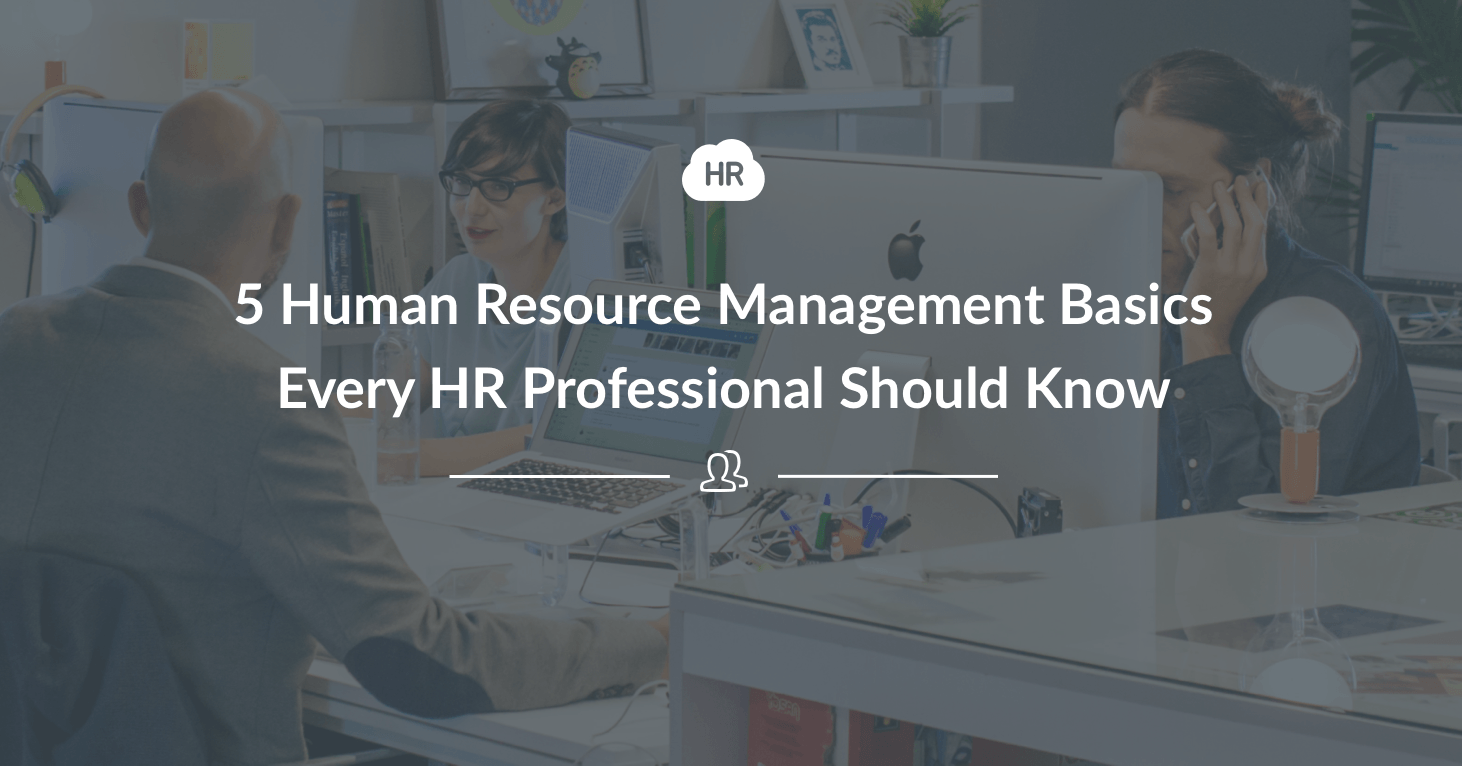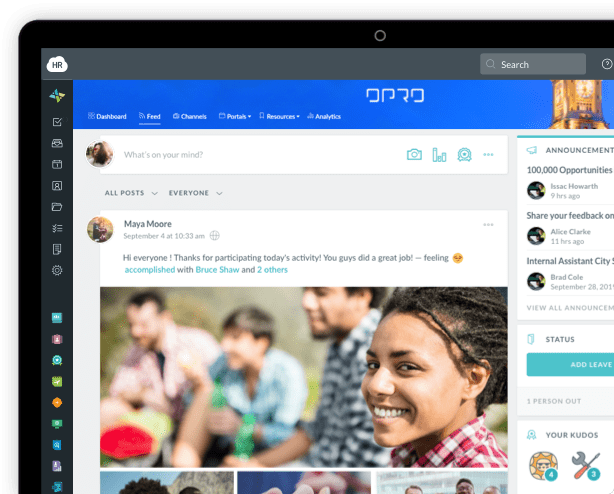5 Human Resource Management Basics Every HR Professional Should Know

Your most valuable and long-term investment will generally be employees. Hiring, training, managing, and promoting employees is costly. At a certain point, the initial investment is overcome in the value such workers bring to your business. Getting there requires solid management.
The problem with most HR business models is the subconscious attitude HR personnel acquire from the name of their department. “Human Resources” is a faceless title that by dint of suggestion pigeonholes unique individuals into the identity of gears in a machine. They’re not a person, they’re a resource.
Now HR people don’t always have an attitude that way; they are themselves, after all, one of those “resources”. But often that attitude predominates, and it can be troublesome. So the first step to better HR management is getting rid of that attitude. Following we’ll briefly explore five additional considerations you may want to take into account for best results.
1. A Trajectory For Employees From New Hires To Tenured Staff
First things first: your employees need to have a “target”; a trajectory— a career path. When you hire, it’s like throwing a dart. The “path” is the trajectory on which you throw. A bullseye is a new hire becoming a core partner in your business. So they need to have a ladder they can climb. New employees need to be launched on a trajectory toward an endpoint.
2. The Aftermath: What Went Right, And What Went Wrong?
Just as not all darts hit the bullseye, not all employees will become long-term members of your business’s team. There is attrition, and you need to keep careful metrics so you know what things contribute to that attrition.
Sometimes factors are within your company’s control, sometimes they’re not. As an HR professional, you need to have relevant data available.

3. Finding The Right Management Software
Employee benefits are sort of like a bank’s cash roll. If there’s a “run” on the banks, the bank closes down, because all the cash is withdrawn; so banks need protective measures to keep that from happening. If there’s a “run” on paid time off, that’s a problem; management protocols are necessary.
As an example, if you’re dealing with many employees who have varying levels of time off, you might want to look into software built around PTO management. For a handful of employees, keeping PTO straight isn’t so complicated. The bigger the organization, the more of an infrastructural management challenge this becomes.
If everyone took their time off at the same time, then the company may not be able to properly produce. With management software, you can assure there are never any overlaps.
4. The Human Element: Don’t Be Faceless
Just because you’re dealing with human investments doesn’t mean you should treat them like faceless livestock. The rancher who is well-known to his livestock, and trusted by them, tend to have healthier animals.
As an HR person, you should form what professional relationships you can with employees on a human level. Ultimately, this will facilitate a better return on personnel investment.
5. Often Under-Hiring Is Better Than Over-Hiring
When you’ve got too many people on staff, some are going to be sitting around twiddling their thumbs all day. That’s bad for operational budgets, but it’s also bad for employee morale.
As they say, idle hands are the devil’s workshop. Idle employees will get into trouble. Instead of over-hiring, try to maximize existing resources, only expanding as necessary.
Making The Most Of Staff Through Solid HR Protocols
It’s better to under-hire than over-hire. HR people should also forge true relationships with personnel. Strong software helps you keep all your little managerial ducks in a row.
Keeping records of what worked and what didn’t over the course of an employee’s tenure with your organization helps you optimize hiring in the future. Lastly, plan a trajectory for new hires.
Such tips should help you more efficiently manage personnel throughout your organization. The larger the business, the more prescient best practices in HR Become. So do your homework, and make the right choices here.
ab
About Author: This article is written by our marketing team at HR Cloud. HR Cloud is a leading provider of HR solutions, including recruiting, onboarding, employee engagement, and intranet software. Our aim is to help your company improve employee engagement, employee productivity, and to save you valuable time!

